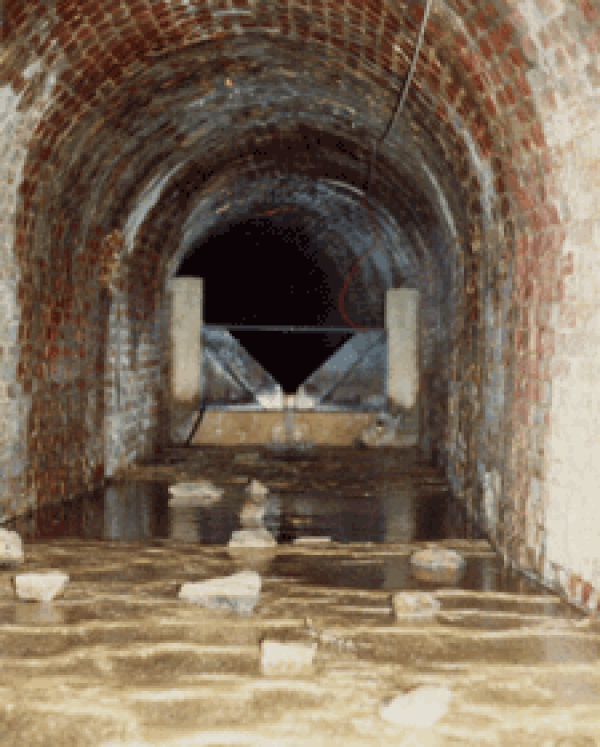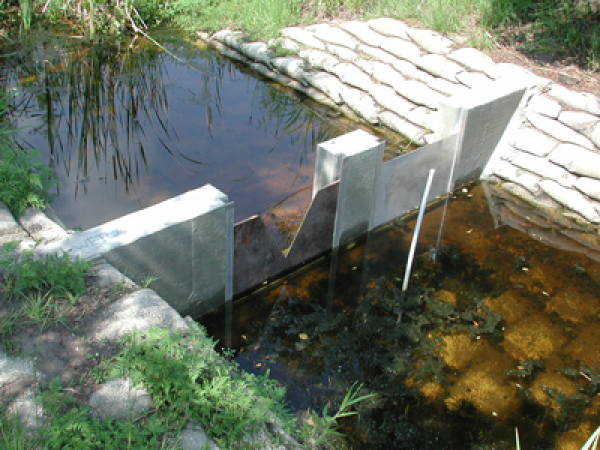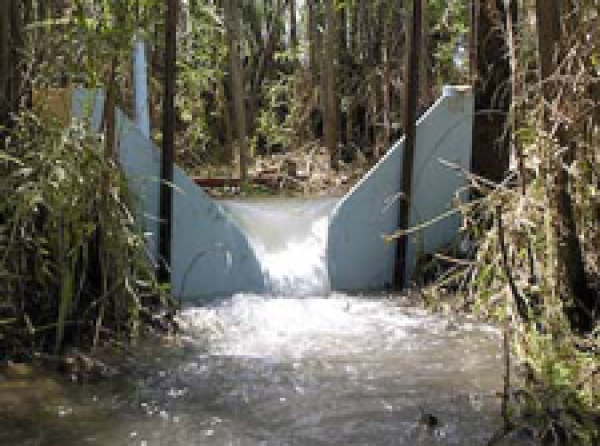This website uses a variety of cookies, which you consent to if you continue to use this site. You can read our Privacy Policy for
details about how these cookies are used, and to grant or withdraw your consent for certain types of cookies.
The Need for Weir Maintenance
Weirs are best used to measure flows that contain only small amounts of suspended solids. Unfortunately in surface water applications, the amount of solids present in the flow stream cannot be controlled. Unlike flumes, which tend to be self-cleaning, weirs require regular maintenance and inspection.
Weir Pool and Upstream Channel
The damming action of a weir will cause solids to settle and accumulate in the weir pool upstream of the weir itself. The weir pool must be free of weeds, trash, sediment and other deposits material that can affect flow.
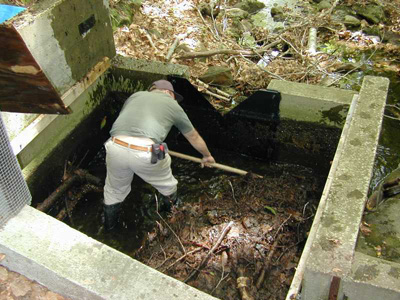
Trimming of vegetation around the weir pool and upstream channel are necessary to reduce debris accumulation. This cleaning should extend from the weir back to at least the point of measurement and may be extended farther upstream as necessary. In particular, trees overhanging the upstream channel may need to be removed or trimmed.
The weir pool must be kept sufficiently clean so that the invert of the pool is at least twice the maximum head below the crest of the weir. Debris should not be allowed to reduce this difference in elevation.
Weir
The weir should be inspected for leakage around the weir structure. If leakage is detected, it should be remedied as soon as possible. If the leakage is not stopped, water may bypass or undercut the weir to the point where the installation fails.
Clean-out doors on the face of the weir at the channel bottom can be useful in sluicing silt and sand deposits from the weir pool. Unless fully sealed, though, clean-out doors may allow flow to leak past the weir, so periodic inspection for leakage is recommended.
Weirs must be plumb and level. They should not lean forward or backward in the flow channel nor be out of level across the channel width. Variances in either direction should be corrected as soon as they are evident and the surrounding channel should be thoroughly examined for signs of bypass or undercut around the weir. If frost heave is suspected the foundation of the weir may have to be modified so as to minimize any movement.
Weir Crest
The frequency of cleaning is dependent upon the shape of the weir and the nature of the flow. V-notch weirs will require more frequent cleanings than rectangular weirs and weirs measuring high solids flow will require more frequent cleaning than those measuring low solids flows.
The crest of the weir must be kept clean and in good repair. Fibers, stringy materials, and larger particles may have a tendency to cling to the weir crest and must be removed periodically.
The crest of a weirs should be checked for:
- Level
- Correspondence with the upstream gauge zero
- Damage, roughness, or wear
- Rounding
- Scaling or obstruction
- Freedom from oil or grease
The crest of weir must be cleaned of all deposits, scale, and debris, with particular care being taken to thoroughly clean the notch of V-notch weirs. Even small nicks and dents can reduce the accuracy of an otherwise good weir installation. Likewise, very slight rounding or dulling of the upstream edge of a weir crest has a measurable effect on the discharge.
The upstream edge must be straight and square. If an edge requires maintenance, machining or filing with a fine–cut file or stone should be done only perpendicular to the upstream face of the weir or in the plane of the beveled surface of the of the weir plate. Only that damage that protrudes above the normal surfaces of the weir should be removed. Under no circumstances should any attempt be made to completely remove an imperfection, as it is more likely that the shape of the weir will be changed.
Downstream Channel
The downstream channel must also be free of obstacles that cause backwater and submerged flow conditions. Boulders or other large debris should be cleared so as not to restrict downstream flows. Additionally, deposits that raise the elevation of the downstream channel should also be removed.
For a weir to properly operate a minimum elevation difference between the weir crest and the downstream water surface must be 2-inches [5.08 cm] or more.
Image: Hubbard Brook Ecosystem Study
Related Blog Posts
Explore more insights in our blog.
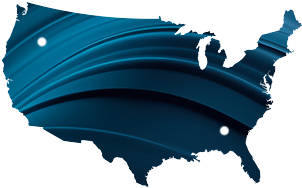
LOCATIONS IN ATLANTA, GA & BOISE, ID



